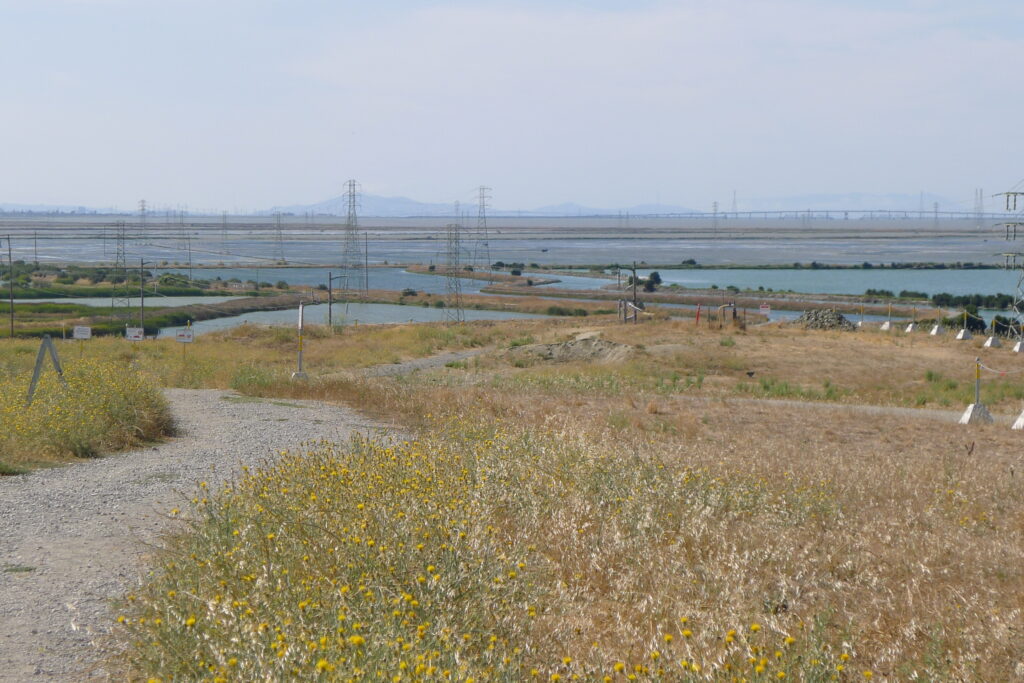Developing the San Francisco Bay area from a provincial town in the 1800s to a modern metropolis came at the price of destroying 95 percent of the Bay’s coastal wetlands. Since the environmental movement in the 1970s, more than eighty coastal wetlands in the Bay have been restored in some manner. We protect wetlands because the improve water quality, absorb flood waters, buffer storm surges, and provide habitat to endangered species. However, climate change threatens the survival of the Bay’s extant wetlands. Sea level rise models show that the Bay’s wetlands will start to disappear around mid-century with near-total losses by 2100. Yet much uncertainty remains in how wetlands will respond to climate change. This research investigates how restoration planning and management efforts in the Bay led by local, state, and federal agencies are accounting for climate change risks and uncertainties. While focused on San Francisco Bay, this project also examines Humboldt Bay and the Los Angeles region as comparative case studies.
Planning for the Future of California Salt Marshes
Researcher(s):
Celina Balderas Guzman
PhD Candidate
Landscape Architecture and Environmental Planning
Tags: Summer Research Funding

